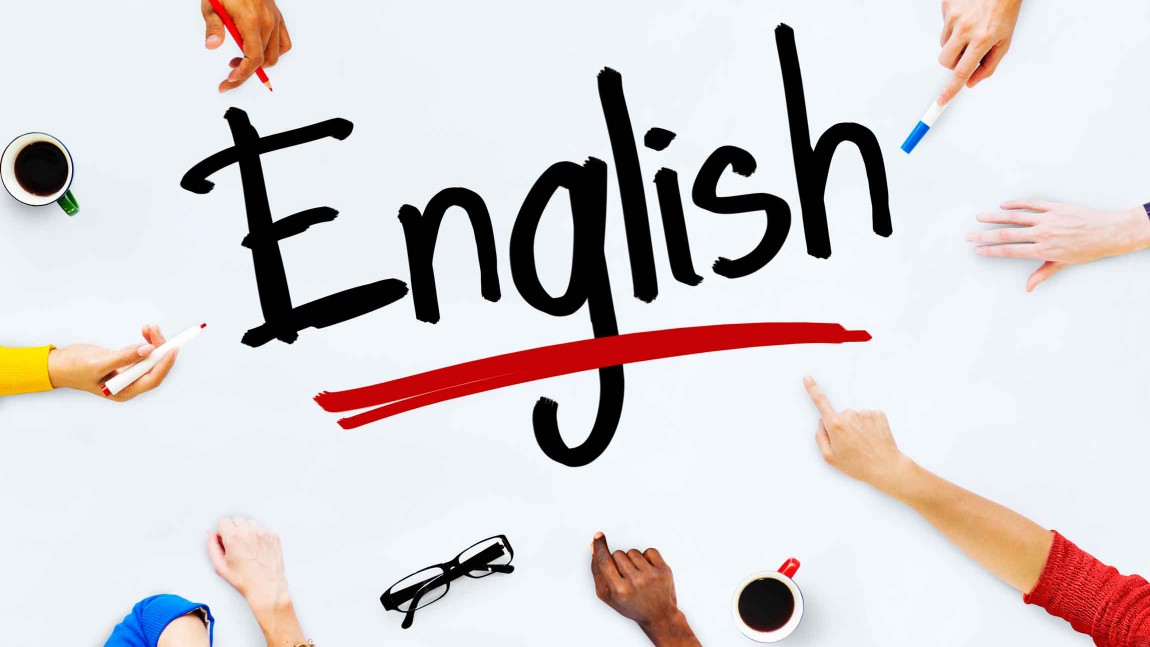- Home
- About
- Course
- GENERAL ENGLISH (ELICOS)
- CERTIFICATE III IN EARLY CHILDHOOD EDUCATION AND CARE
- DIPLOMA OF EARLY CHILDHOOD EDUCATION AND CARE
- CERTIFICATE IV IN AGEING SUPPORT
- Diploma of Community Services
- DIPLOMA OF CIVIL CONSTRUCTION DESIGN
- ADVANCED DIPLOMA OF CIVIL CONSTRUCTION DESIGN
- PACKAGED COURSE – CIVIL CONSTRUCTION DESIGN
- DIPLOMA OF LEADERSHIP AND MANAGEMENT
- ADVANCED DIPLOMA OF LEADERSHIP AND MANAGEMENT
- GRADUATE DIPLOMA OF MANAGEMENT (LEARNING)
- Students
- Agents
- Download
- Contact
- APPLY NOW
General English
General English(ELICOS)
CRICOS Code: 114124G
Introduction:
The curriculum/syllabus is structured in a planned and sequential manner that builds on English levels of individuals throughout each of the program levels. The General English Program has five program levels, each with a duration of 12 weeks:
- Beginner
- Elementary
- Pre-Intermediate
- Intermediate
- Upper Intermediate
Program aims:
Each of the program levels has been designed as a stand-alone program with clear entry and exit points. Students will be assessed upon application to determine their existing English language proficiency. This will determine which program level they will be enrolled in. Upon successful completion of the program level, they are enrolled in, the student may exit at that point or continue their General English studies by enrolling in the next program level. Upon successful completion of Upper-Intermediate level, students may proceed to vocational studies at WMIT, join a different provider or prepare for official IELTS/PTE exams.
The aim of the General English Program which is student-centered and outcome-based is to equip the students with the skills and knowledge required to perform competently in their further studies and to develop their confidence in communicating in English in an English-speaking country. On successful completion of Upper-Intermediate level the students will attain an equivalent level to an IELTS score of 5.5-6.0
General English course at WMIT aim to:
- Develop Accuracy
- Students will practice language skills in verbal and written form.
- Feedback will be given with regard to language errors.
- Areas of study include: general sentence construction, pronunciation, spelling, verb usage, word definitions and comprehension.
- Improve Fluency
- Students will practice thinking and speaking in various situations.
- Feedback will be given with regard to how students can avoid problems that impede fluency.
- Areas of study include: creative and critical thinking, public speaking and debating.
- Provide Motivation
- Students will be engaged in relevant topics and issues.
- Students will be encouraged to have fun while learning.
- Teachers will develop a good rapport with the students.
- Teachers will focus on being aware of student needs and concerns.
- Foster Confidence
- Students will study in an environment where they feel secure and comfortable.
- Students will develop the tools necessary to communicate effectively.
- Teachers will provide positive feedback whenever possible.
- Teachers will encourage all students to actively participate.
Learning outcomes of the program
The following outcomes describe what the student is expected to achieve by the end of the five program levels.
- Developing competence in four macro skills – reading, writing, speaking and listening.
Grammar, vocabulary, structures, communicative functions, critical thinking and learning skills are linked and developed across the macro-skills. Pronunciation is integrated through the curriculum.
- Using appropriate content
The teaching material is built on a range of topics of intrinsic interest for the students and includes people, places, food, money, tourism, art, science, health, sport, transport, environment, technology, history, nature, trade and economy. These topics are also relevant to any situation where students are exposed to a broad range of cross-cultural, social and personal challenges.
- Developing language skills with the aid of computers
Students use computers to develop their language skills by accessing Web-based language learning materials, communicating on the Internet via email, chat rooms and discussion lists, using word processing to create written documents and using a range of educational multi-media.
Delivery and Classroom practice
Each of the five General English program levels is delivered 20 hours per week over 12 weeks. The sequence of topics ensures that students are prepared for the 6- week and 12- week exams. It also ensures that the retention of knowledge and acquired skills at the end of each study period (6 weeks) is meaningful to the required outcomes.
The General English Program is built on the premise of a student-centered classroom which presupposes the students’ active and creative participation in learning using course materials, their own knowledge and experience and additional language resources.
A variety of strategies are used to foster teaching and learning and professional development of the student. These strategies include group/pair work, discussion, brainstorming, role play, writing short texts, scenarios, questioning, workbook activities, self-directed learning activities.
The General English Program also uses a communicative approach when the students can discuss and express opinion freely. The on-going assessment during the program will give feedback to the student about their participation in the class.
As each student prefers different learning styles and techniques, teachers need to be aware of these learning styles and what teaching strategies are suitable for each.
Students are expected to undertake a level of self-directed learning which is dependent on the individual student and may average five hours per week, and includes the completion of pre-reading requirements, exam preparation and research on the internet.
Entry Requirements:
Below table shows the entry requirements for each General English program level.
| Program Level | Pre- requisites |
| General English Beginner |
|
| General English Elementary |
|
| General English Pre-Intermediate |
|
| General English Intermediate |
|
| General English Upper-Intermediate |
|






